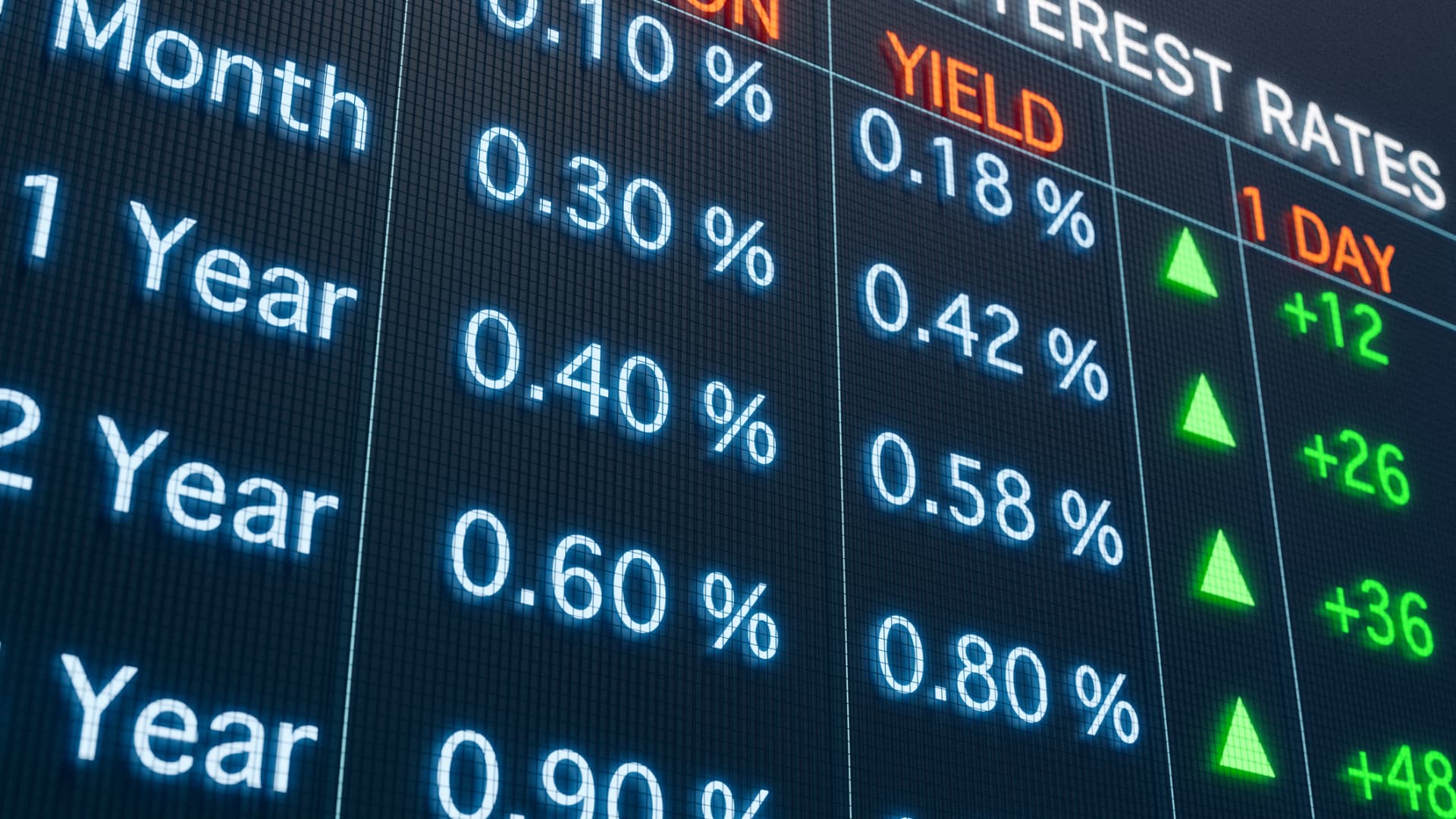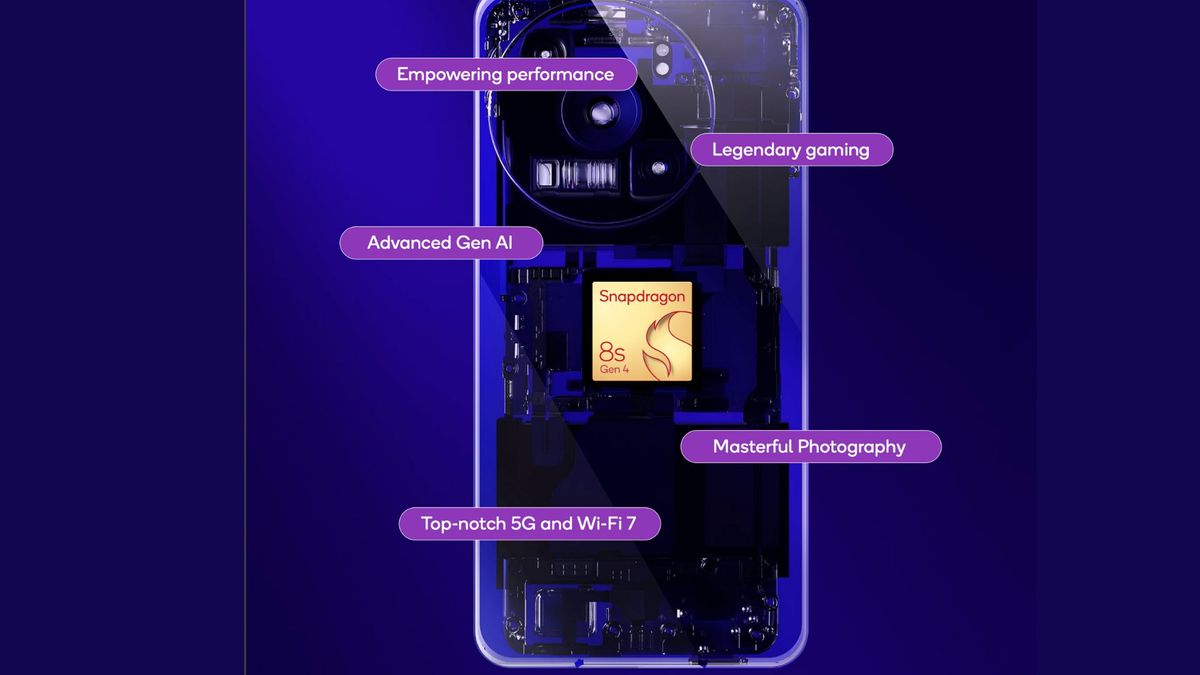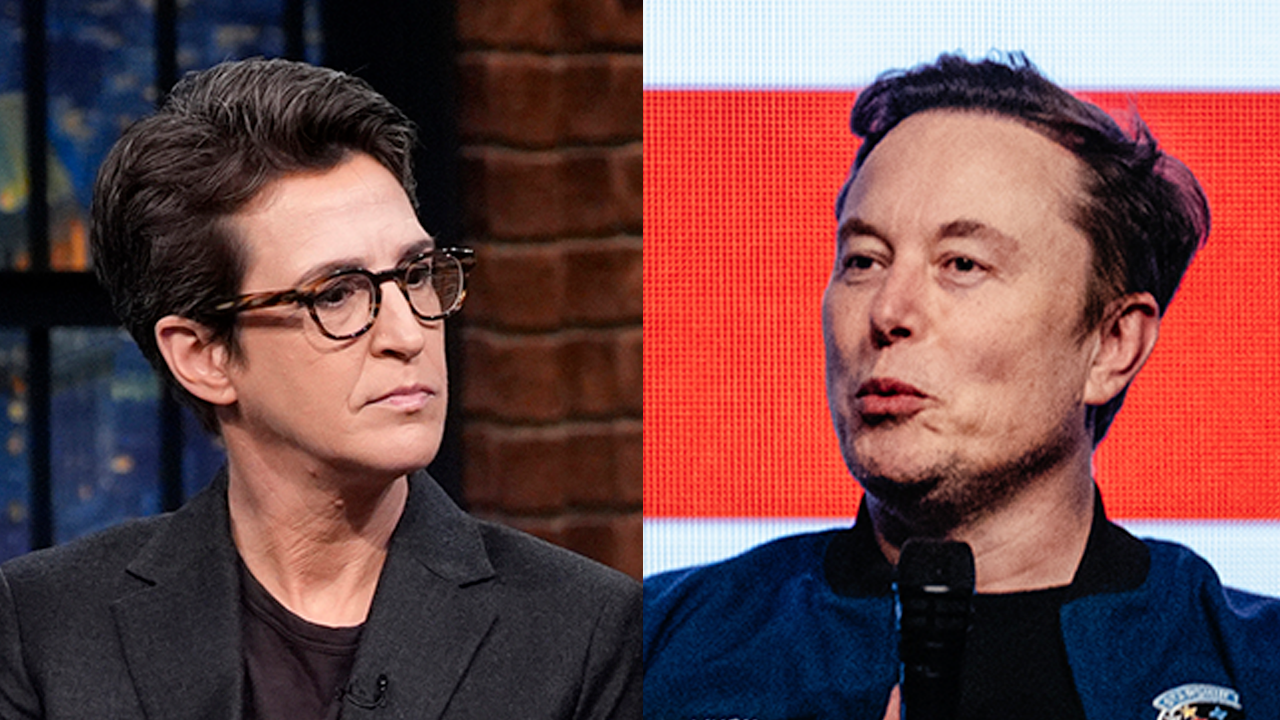The Liontrust GF High Yield Bond fund has become notable thanks to one thing: A 10% dividend yield. It is among only a handful of funds available to retail investors across Europe that currently offers double-digit yields. While the fund focuses on high-yield (junk) corporate bonds, it also invests in investment-grade corporate bonds, government bonds, cash, or assets that can be turned into cash quickly. How risky is the fund? The fund holds several corporate bonds with an average rating of “BB,” or one notch below investment grade, across the portfolio. “It’s got a very high-quality credit rating, I would argue,” said Donald Phillips, one of the portfolio managers behind the fund. “The top 10 holdings, I think, are reflective of the overall risk in the portfolio.” According to Phillips, the fund holds relatively “conservative” assets such as “BB+” rated bonds issued by the world’s fourth-largest iron ore miner Fortescue Metals, which pays out 6.125% in coupon payments semiannually. … we felt that was quite an interesting bit of a one-off opportunity. fund manager, Liontrust GF High Yield Bond fund Donald Phillips It also holds debt considered relatively riskier by credit rating agencies but one that Phillips believes has been mispriced. These typically pay higher in terms of coupon rates. The fund manager cited bonds issued by German manufacturer CeramTec as an example. The ceramic components maker’s products are used in hip and knee-replacement medical devices, which Phillips thinks is a growing and profitable market owing to the aging population trend seen in Western markets. However, the bonds are rated “CCC” — typically issued to companies on the verge of default — due to the changes made to their capital structure by their private-equity owners. “The rating agencies have regarded that to be a CCC, but it can absolutely afford that level of leverage and a balance sheet because it generates really solid margins [and] high free cash flow,” said Phillips regarding CeramTec. “And if anything, it’s probably miss-rated, in my opinion, and that’s the largest CCC exposure we have.” How does the fund yield 10%? While the fund manager attributed about 85% of the income generated by the fund to the underlying long-term holdings, Phillips also cited examples when his trade timing had a profitable impact. He said the steep rise in yields for short-term U.S. government bonds and the increase in credit default swap spreads during a U.S. government standoff over the debt limit meant there was an opportunity to capitalize. I assume that there is a recession coming but not a deep recession. fund manager, Liontrust GF High Yield Bond fund Donald Phillips “If you add the yield on the January [2024] Treasury bill to the spread on the CDX index, the yield was 10.5 percent when we put that trade on,” Phillips said, referring to the index of credit default swaps (financial derivatives that insure against a company default). “So, we felt that was quite an interesting bit of a one-off opportunity.” The value of a credit default swap increases when the risk of default rises. However, Phillips believed “ultimately, there would be some agreement” between the Biden administration and Congress in resolving the debt ceiling issue without risking a default. Outlook and fund fees Phillips, however, is not blind to the challenges that lie ahead. He predicted a credit deterioration in the future. “It’s clear there’s going to be a deterioration in credit,” he admitted before swiftly adding that the fund is equipped to handle such a scenario due to its resilience. Phillips emphasized the resilience of the companies they had invested in to withstand a recession that is potentially on the horizon. “I assume that there is a recession coming but not a deep recession. Not a 2008-2009 type recession, but a recession coming when the blunt tool of monetary policy starts to kick in later in the year, perhaps early next year,” he said. Contrasting his fund with index-tracking ETFs, Phillips said he saw value in active management. He highlighted that their fund yields higher returns and charges lower fees than many similar index ETFs. The fund charges 0.47% in net fees to investors annually, compared to ETFs such as the iShares iBoxx $ High Yield Corporate Bond ETF , which is more expensive at 0.49% and yields in dividends at 8.16%. “We’re actually cheaper than the ETF. Also, since inception, we’re about 2% ahead of an ETF. And I think that’s a number that will grow,” he added.
This high-yield bond fund with ‘conservative’ assets offers 10% in dividends
Subscribe To Our Newsletters
Customer Support

1251 Wilcrest Drive
Houston, Texas
77042 USA
Call-832.795.1420
e-mail – news@theinsightpost.com
Subscribe To Our Newsletters
Categories
- Africa
- Africa-East
- African Sports
- American Sports
- Arts
- Asia
- Australia
- Business
- Business Asia
- Business- Africa
- Canada
- Defense
- Education
- Egypt
- Energy
- Entertainment
- Europe
- European Soccer
- Finance
- Germany
- Ghana
- Health
- Insight
- International
- Investing
- Japan
- Latest Headlines
- Life & Living
- Markets
- Mobile
- Movies
- New Zealand
- Nigeria
- Politics
- Scholarships
- Science
- South Africa
- South America
- Sports
- Tech
- Travel
- Travel-Africa
- UK
- USA
- Weather
- World
No Result
View All Result
Recent News
Moghurt Blends Dairy with Opportunity
April 3, 2025
Liverpool looking uncatchable with eight EPL games to go
April 3, 2025
Theinsightpost ©2024 | All Rights Reserved. Theinsightpost is an Elnegy LLC company, registered in Texas, USA



















Discussion about this post